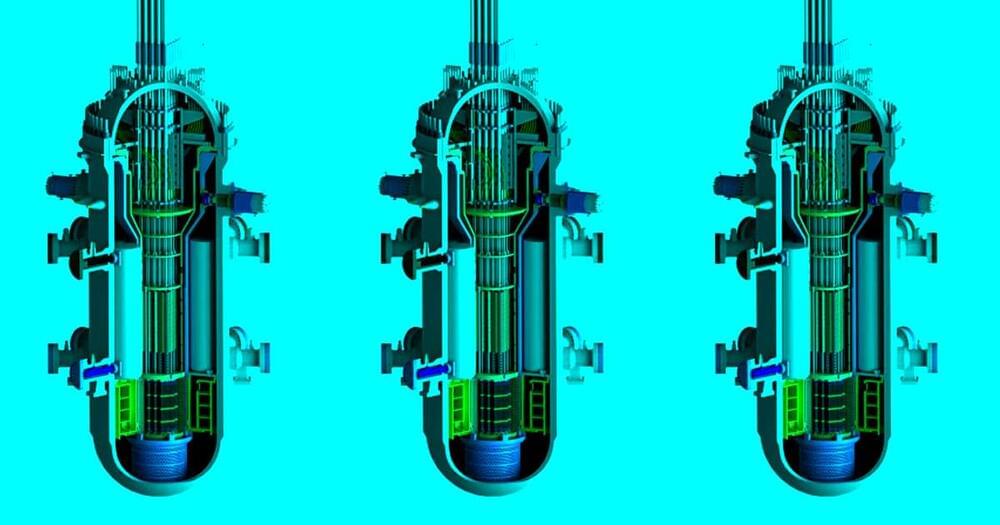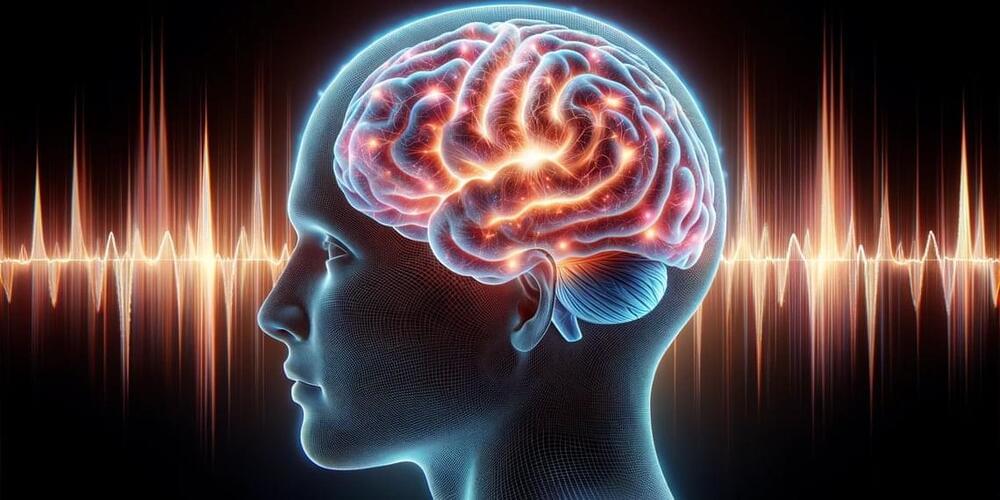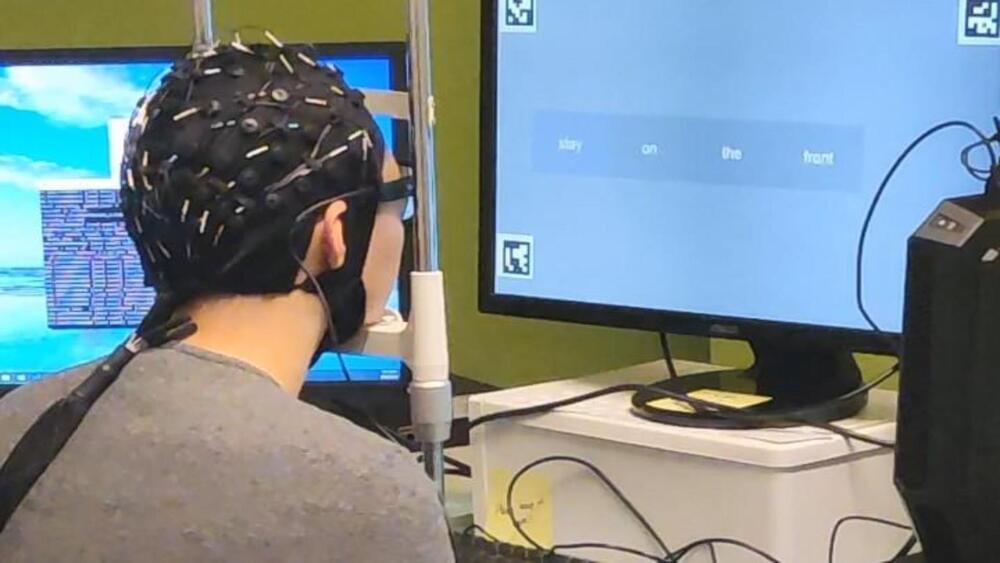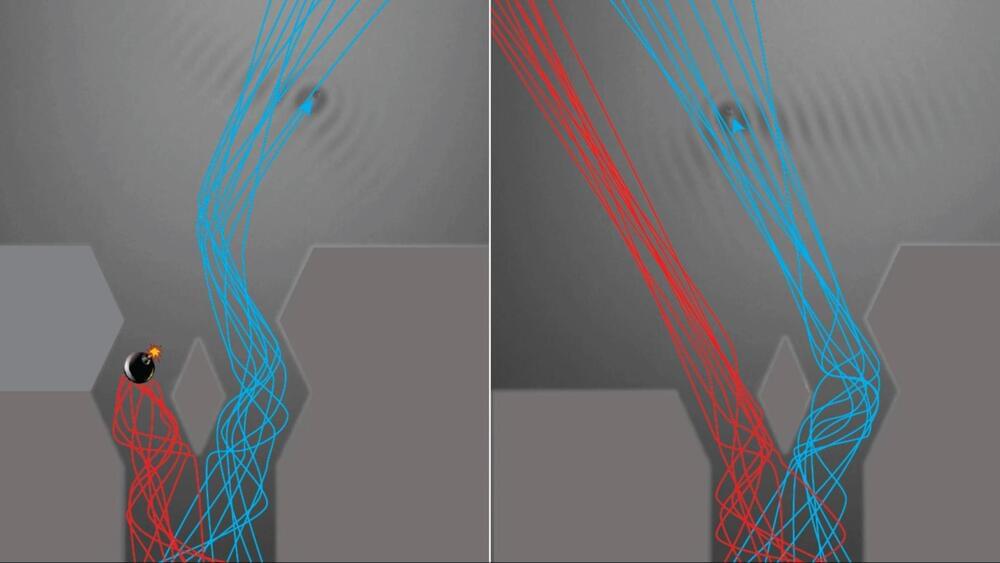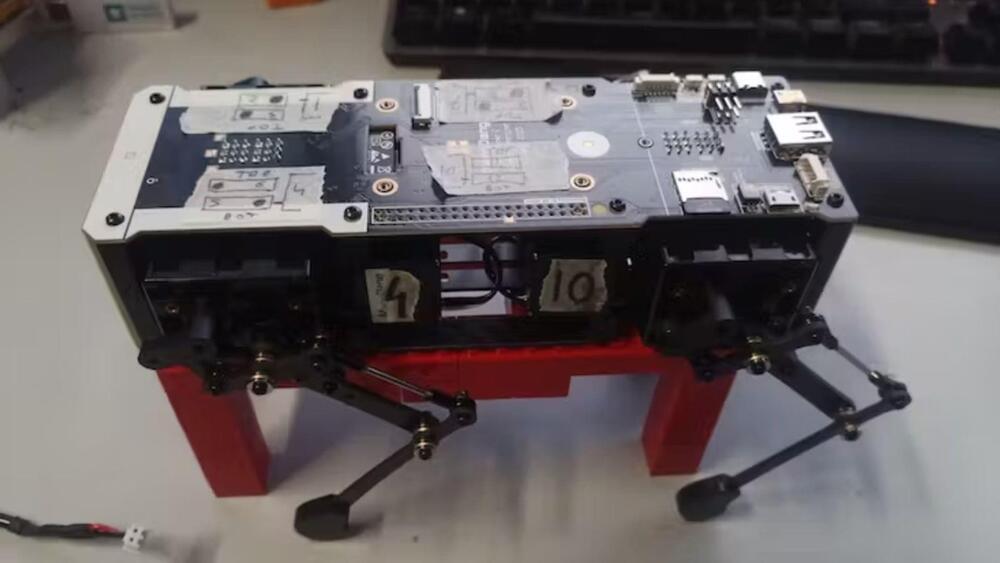Dec 12, 2023
Scientists Identify Interferon-gamma as Potential SARS-CoV-2 Antiviral
Posted by Shubham Ghosh Roy in categories: biotech/medical, health
Conditioning the lungs with interferon-gamma, a natural immune system protein (cytokine) best known for fighting bacterial infections, appears to be a strong antiviral for SARS-CoV-2, according to National Institutes of Health scientists and colleagues. Their new study, published in Nature Communications, shows in two different mouse models that when a bacterial infection triggers the release of interferon-gamma in the lungs, those animals subsequently are protected from infection by SARS-CoV-2, the virus that causes COVID-19. The investigators further report that using recombinant interferon-gamma in the nose of study mice at the time of viral exposure substantially reduces SARS-CoV-2 infection and COVID disease.
The lead project scientists suggest testing interferon-gamma further, alone and in combination with other treatments, to limit early SARS-CoV-2 infection in people. They also hypothesize that people with prior bacterial infections that naturally release interferon-gamma in their lungs may be less susceptible to COVID-19.
NIH’s National Institute of Allergy and Infectious Diseases (NIAID) led the project with collaborators at Malaghan Institute of Medical Research in New Zealand.

